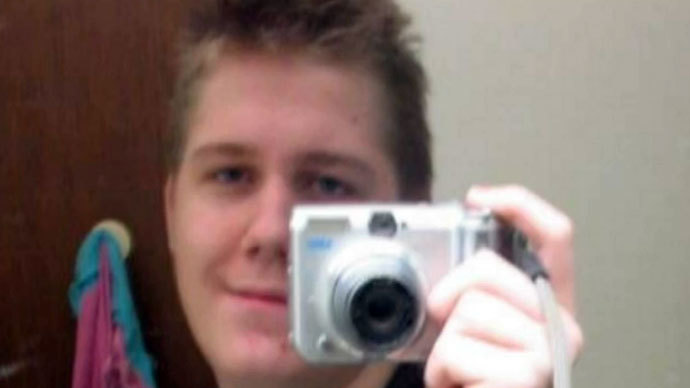E - The Environmental Magazine

 Dear EarthTalk: I understand that pet cats prey on lots of birds and other ?neighborhood? wildlife, but isn?t it cruel to force felines to live indoors only? And isn?t human encroachment the real issue for bird populations, not a few opportunistic cats? ? Jason Braunstein, Laos, NM
Dear EarthTalk: I understand that pet cats prey on lots of birds and other ?neighborhood? wildlife, but isn?t it cruel to force felines to live indoors only? And isn?t human encroachment the real issue for bird populations, not a few opportunistic cats? ? Jason Braunstein, Laos, NM
While it is true that habitat loss as a result of human encroachment is a primary threat to birds and wildlife of all kinds, outdoor cats are no doubt exacerbating the loss of biodiversity as their numbers swell and they carry on their instinctual business of hunting.
The Smithsonian Conservation Biology Institute?s Peter Marra estimates that outdoor cats in the United States, counting both pets and feral animals, kill up to 3.7 billion birds each year?along with up to 20 billion other small mammals. Researchers estimate that roughly 114 million cats live in the contiguous U.S., 84 million of them pets and the rest feral?and that as many as 70 percent of pet cats spend some time roaming outside and hunting.
?Cats are a nonnative species,? reminds Marra, adding that they often target native species and can transform places that would normally harbor many young birds into ?sinks that drain birds from neighboring populations.? As a result of this ongoing predation, many environmentalists and animal lovers think cats should stay inside. ?The big message is responsible pet ownership,? Marra says. He acknowledges that feral cats may be the bigger problem, but pet cats still catch as many as two billion wild animals a year.
The non-profit American Humane Association reports that there are several ways to keep indoor cats happy even though they are restricted from chasing and hunting wildlife. Getting Fluffy a companion (another cat or even a dog) is a good way to provide an outlet for play. Likewise, interactive toys, scratching posts, cat perches and other amenities?check with any well-stocked local pet store?can make the indoor environment a stimulating yet safe one for housebound cats and should serve to prevent stir-crazy behavior.
Meanwhile, another non-profit, the American Bird Conservancy (ABC), adds another reason why cat owners might want to think about restricting their pet?s territory to inside: Research shows that indoor cats live significantly longer lives than their free-roaming counterparts. ?Life for outdoor cats is risky,? reports the group. ?They can get hit by cars; attacked by dogs, other cats, coyotes or wildlife; contract fatal diseases, such as rabies, feline distemper, or feline immunodeficiency virus; get lost, stolen, or poisoned; or suffer during severe weather conditions.?
But the fact that feral cat populations have gotten so large in recent years makes the problem that much more vexing. Researchers concede that efforts to catch and either neuter or euthanize feral cats have proven ineffective given their booming populations, leaving cat owners wondering whether jeopardizing Fluffy?s mental health for the sake of saving a few birds is really even worthwhile.
CONTACTS: Smithsonian Conservation Biology Institute, nationalzoo.si.edu/scbi/; American Humane Association, www.americanhumane.org; American Bird Conservancy, www.abcbirds.org.
EarthTalk? is written and edited by Roddy Scheer and Doug Moss and is a registered trademark of E ? The Environmental Magazine (www.emagazine.com). Send questions to: earthtalk@emagazine.com. Subscribe: www.emagazine.com/subscribe. Free Trial Issue: www.emagazine.com/trial.
Source: http://njtoday.net/2013/06/29/earthtalk-should-pet-owners-keep-their-cats-indoors/
tahiti chris bosh Chris Andersen Xbox Kawhi Leonard Shailene Woodley Kim Kardashian baby name

 Most Northern organizations aren't tuned to succeed in the South. Budgets and goals don't match the boss's lofty stated aspirations for winning in new territories. Performance appraisals aren't aligned with what really wins in the South. Critical decisions aren't made in the right places. Charan explains the inevitable failures that follow and the ways well-run companies are avoiding them.
Most Northern organizations aren't tuned to succeed in the South. Budgets and goals don't match the boss's lofty stated aspirations for winning in new territories. Performance appraisals aren't aligned with what really wins in the South. Critical decisions aren't made in the right places. Charan explains the inevitable failures that follow and the ways well-run companies are avoiding them.


